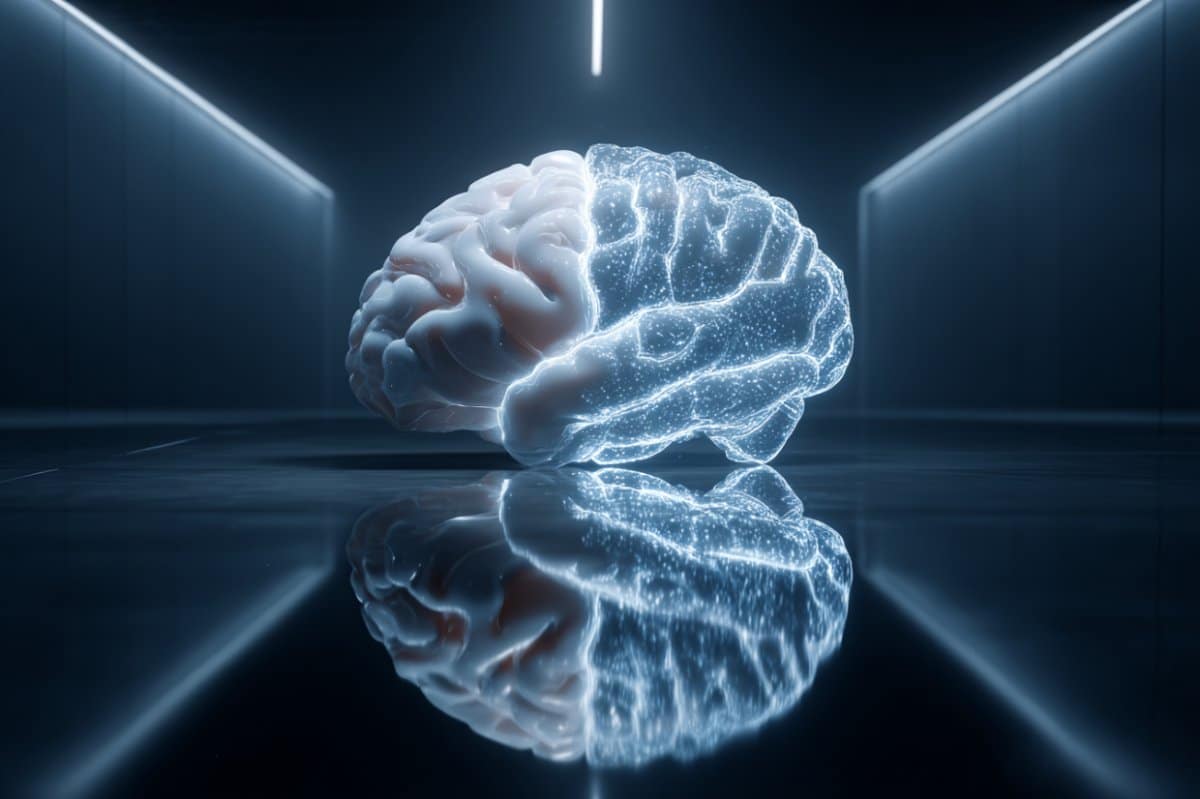Herodotus, a new Android trojan, mimics human behavior to bypass biometrics and steal banking data.





The Qilin ransomware operation was spotted executing Linux encryptors in Windows using Windows Subsystem for Linux (WSL) to evade detection by traditional security tools.
The ransomware first launched as “Agenda” in August 2022, rebranding to Qilin by September and continuing to operate under that name to this day.
Qilin has become one of the most active ransomware operations, with new research from Trend Micro and Cisco Talos stating that the cybercrime gang has attacked more than 700 victims across 62 countries this year.

Google was once again forced to announce that it had not suffered a data breach after numerous news outlets published sensational stories about a fake breach that purportedly exposed 183 million accounts.
This claim began over the weekend and into today, with news stories claiming that millions of Gmail accounts were breached, with some outlets saying it affected the full 183 million accounts.
However, as the company explained in a series of posts on Monday, Gmail did not suffer a breach, and the compromised accounts were actually from a compilation of credentials stolen by information-stealing malware and other attacks over the years.




A new report suggests Sam Altman is building a brain interface using sound waves, potentially rivaling Elon Musk’s Neuralink.